Human CCL13/MCP-4 ELISA Kit
$245.00 – $350.00
ELISA Kit Detail Information
| Related Target | |
|---|---|
| Species | human |
| Sample Type | Serum, plasma, cell culture supernatant, and other biological samples |
| Sample Volume | 50 μL |
| Sensitivity | 7.33 pg/mL |
| Array Range | 31.25 pg/mL – 2000 pg/mL |
| Assay Time | 3.5 h |
| Recovery | 79% – 119% |
| Average Recovery | 99% |
| Intra Precision | 3.6% - 5.7% |
| Inter Precision | 4.5% – 11.1% |
| Plate | Detachable 96-well plate |
| Storage | If the reagent kit is unopened, it should be stored at 4℃. However, if it has been opened, the standard solution should be stored at -20℃, while the other components should be stored at 4℃. |
| Delivery | 4℃ blue ice transportation |
| Components | 96-well polystyrene enzyme-linked immunosorbent assay (ELISA) plate coated with anti-CCL13/MCP-4 monoclonal antibody Human CCL13/MCP-4 freeze-dried standard CCL13/MCP-4 detect Antibody Standard Diluent Assay Buffer(10×) Substrate TMB Stop Solution Washing Buffer(20×) Sealing Film |
| Assay Principle | This kit utilizes the double antibody sandwich enzyme-linked immunosorbent assay (ELISA) detection technique.Specific anti-human CCL13 antibodies are precoated on a high-affinity ELISA plate. Standard samples, test samples, and biotinylated detection antibodies are added to the wells of the ELISA plate. After incubation, CCL13 present in the samples binds to the solid-phase antibodies and the detection antibodies. After washing to remove unbound substances, streptavidin-HRP labeled with horseradish peroxidase is added. After washing, a colorimetric substrate, TMB, is added and the plate is incubated in the dark for color development. The intensity of the color reaction is directly proportional to the concentration of CCL13 in the samples.A stop solution is added to terminate the reaction, and the absorbance value is measured at a wavelength of 450 nm (with a reference wavelength range of 570-630 nm). |
Related Targets
CCL13
CCL13 Target Infomation Overview
- Target Symbol: CCL13, C-C motif chemokine ligand 13
- Gene Groups: Chemokine ligands
- Alias: MCP-4; NCC-1; SCYL1; CKb10; MGC17134
- Previous Names: SCYA13
- Alias Names: small inducible cytokine subfamily A (Cys-Cys), member 13; chemokine (C-C motif) ligand 13
CCL13, C-C motif chemokine ligand 13 Target Infomation by Species
- Human
- Mouse
- Rat
Human CCL13 Target Information
- Target Symbol: CCL13, C-C motif chemokine ligand 13
- Alias:
- C-C motif chemokine 13
- chemokine (C-C motif) ligand 13
- CK-beta-10
- CKb10
- MCP-4
- MGC17134
- monocyte chemoattractant protein 4
- monocyte chemotactic protein 4
- NCC-1
- NCC1
- new CC chemokine 1
- SCYA13
- SCYL1
- small inducible cytokine subfamily A (Cys-Cys), member 13
- small-inducible cytokine A13
- NCBI_Gene: 6357
- UniProtKB: Q99616
Human CCL13 Predicted Functions
Enables chemokine activity. Involved in several processes, including antimicrobial humoral immune response mediated by antimicrobial peptide; eosinophil chemotaxis; and regulation of cell shape. Predicted to be located in extracellular region. Predicted to be active in extracellular space. Implicated in multiple sclerosis.
Mouse Ccl11 Target Information
- Target Symbol: Ccl11, chemokine (C-C motif) ligand 11
- Alias:
- eotaxin
- Scya11
- small inducible cytokine A11
- NCBI_Gene: 20292
Mouse Ccl11 Predicted Functions
Predicted to enable CCR3 chemokine receptor binding activity; chemokine activity; and protein dimerization activity. Involved in several processes, including modulation of age-related behavioral decline; negative regulation of neurogenesis; and positive regulation of angiogenesis. Acts upstream of or within branching involved in mammary gland duct morphogenesis and mammary duct terminal end bud growth. Predicted to be located in extracellular region. Predicted to be active in extracellular space. Is expressed in embryo; endocardial lining; liver parenchyma; liver vasculature; and yolk sac blood vessel. Human ortholog(s) of this gene implicated in asthma; human immunodeficiency virus infectious disease; hyperglycemia; and multiple sclerosis. Orthologous to several human genes including CCL11 (C-C motif chemokine ligand 11).
Rat Ccl12 Target Information
- Target Symbol: Ccl12, chemokine (C-C motif) ligand 12
- Alias:
- LOC287562
- MCP-5
- monocyte chemotactic protein 5
- NCBI_Gene: 287562
- UniProtKB: D4ABS1
Rat Ccl12 Predicted Functions
Predicted to enable CCR2 chemokine receptor binding activity and chemokine activity. Involved in negative regulation of leukocyte proliferation and positive regulation of leukocyte migration. Predicted to be active in extracellular space. Human ortholog(s) of this gene implicated in several diseases, including Henoch-Schoenlein purpura; aggressive periodontitis; autoimmune disease (multiple); gastrointestinal system cancer (multiple); and tuberculosis (multiple). Orthologous to several human genes including CCL8 (C-C motif chemokine ligand 8).
Citations for Human CCL13/MCP-4 ELISA Kit
There are no citations for this product yet.
If you buy this product and mention it in your thesis, we welcome you to provide us with the thesis information. As a thank you, we will give you some gifts, such as discount coupons.
Citations data is updating...

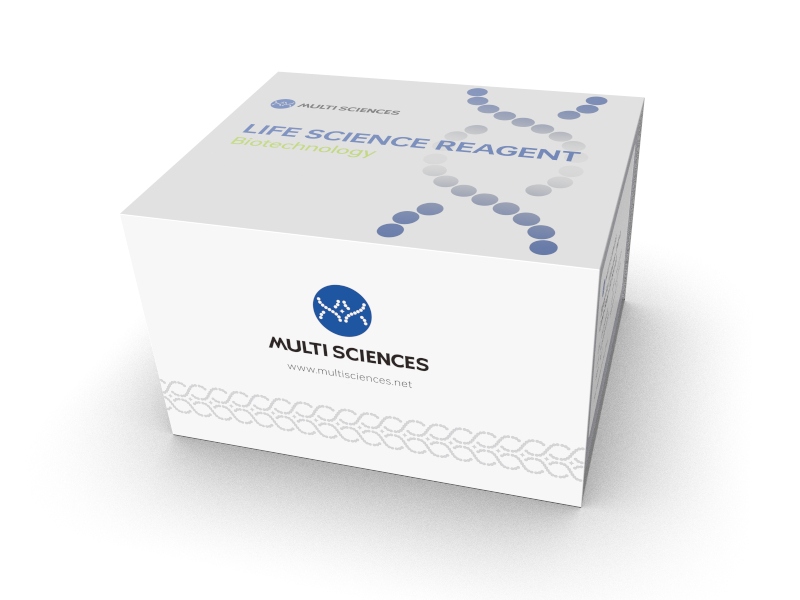
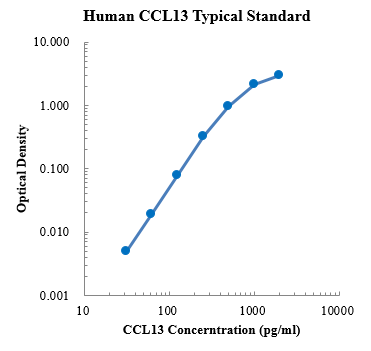
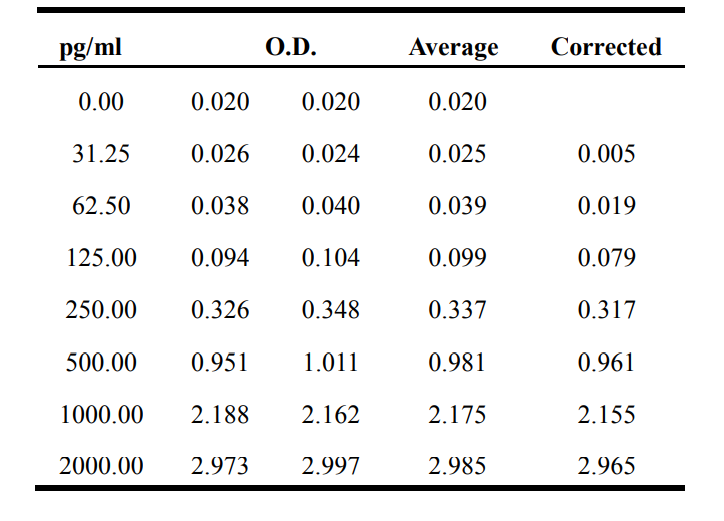

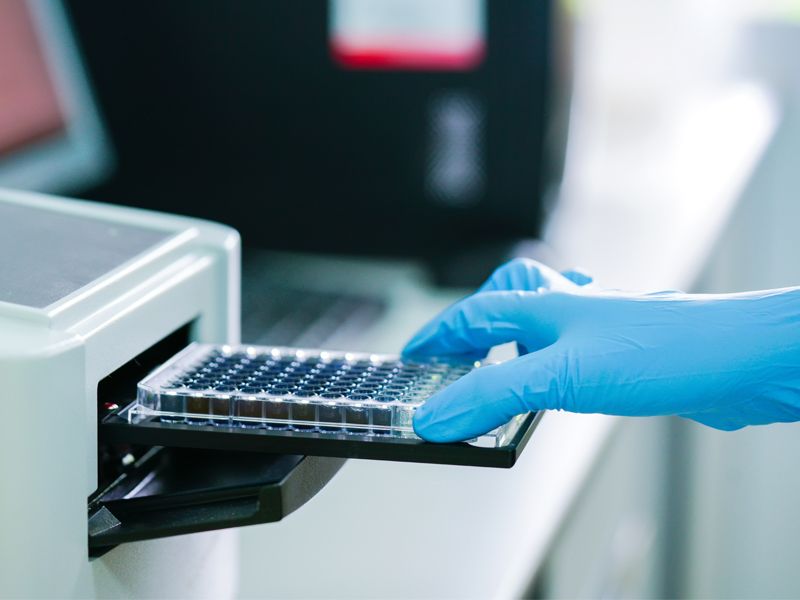
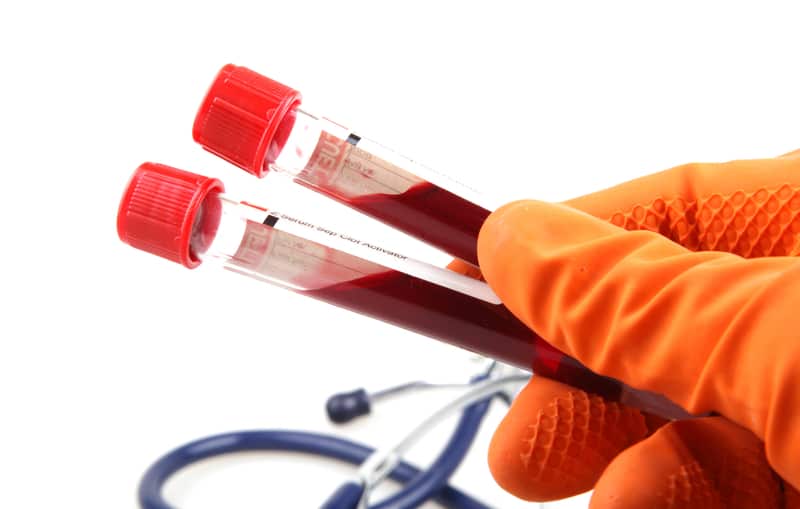
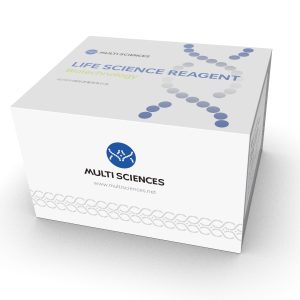
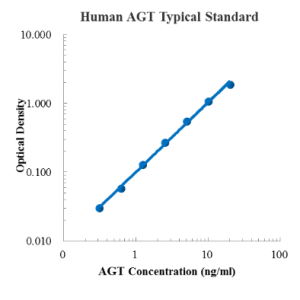
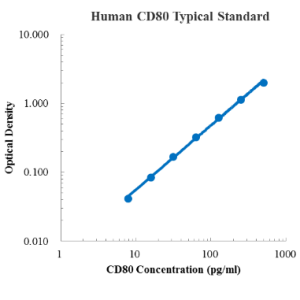
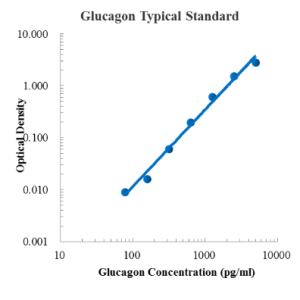
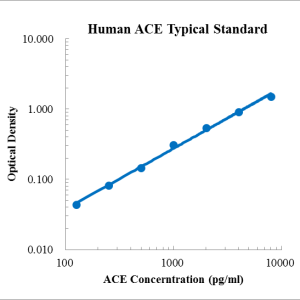

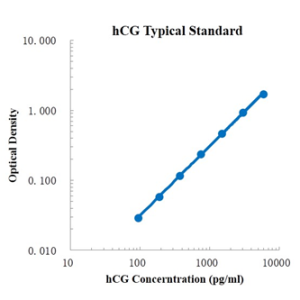
Reviews
There are no reviews yet.